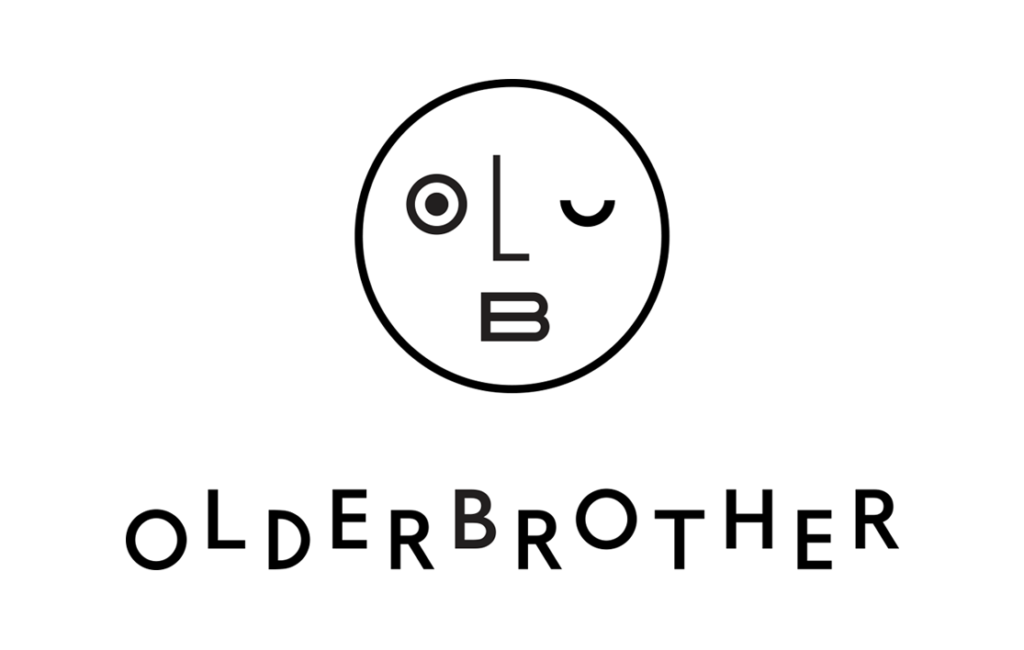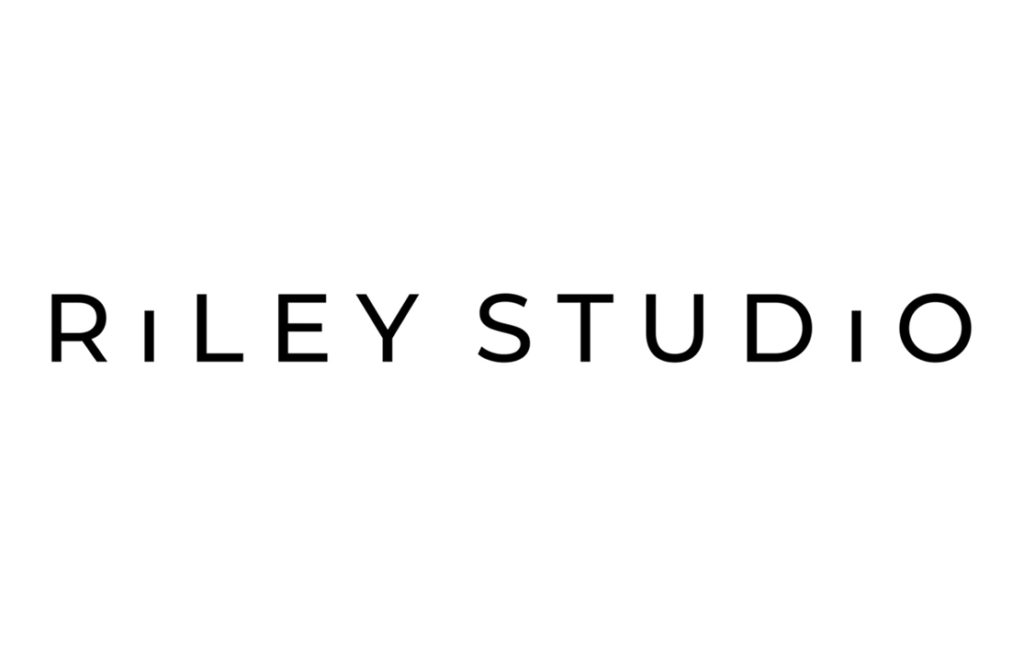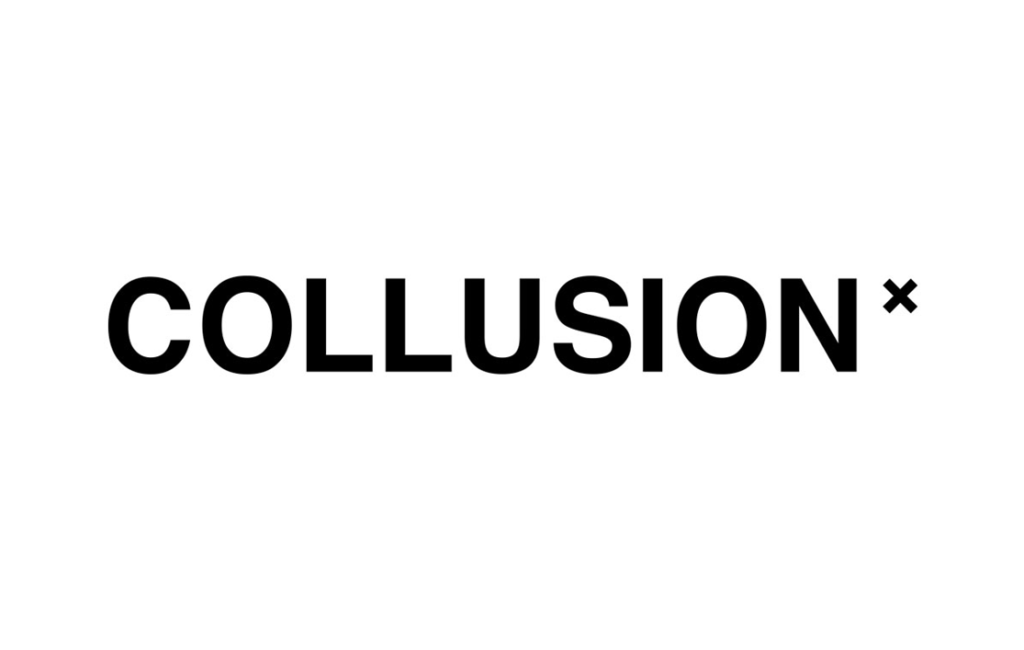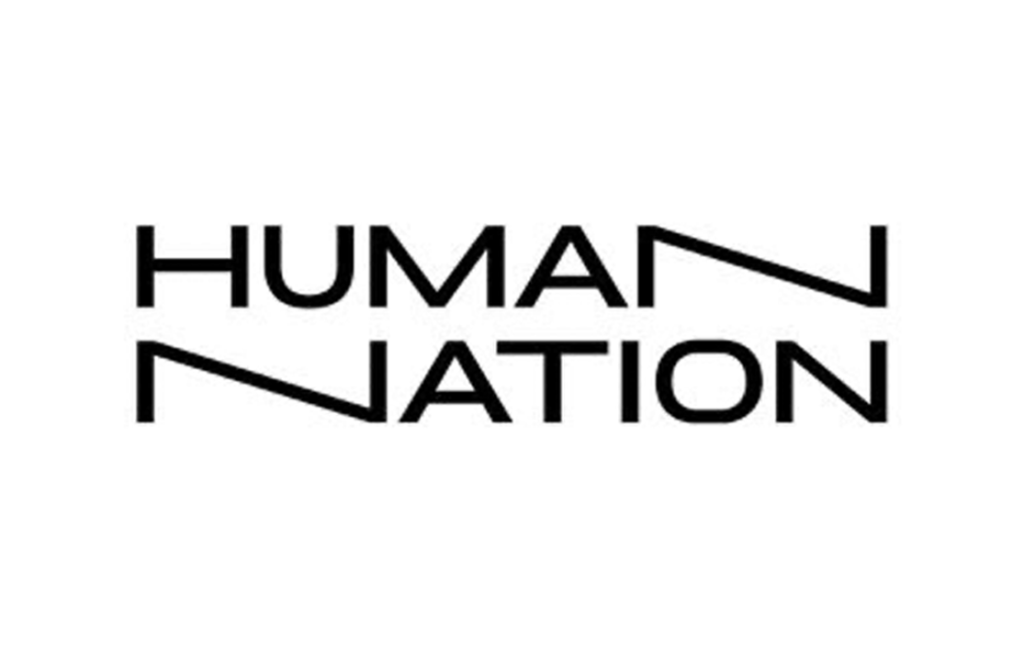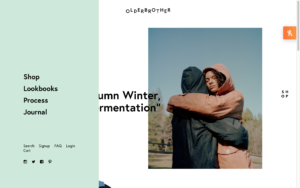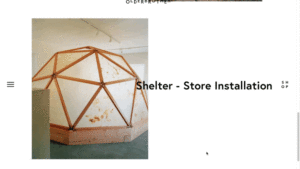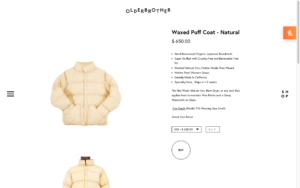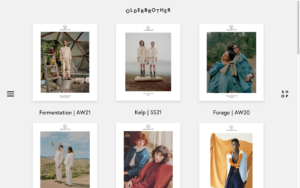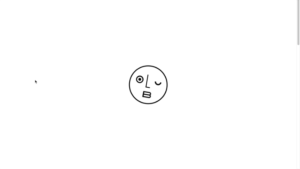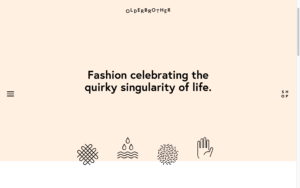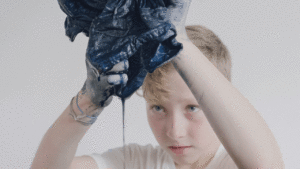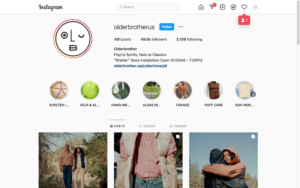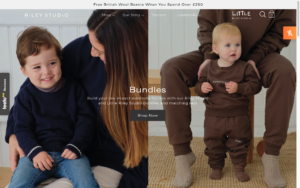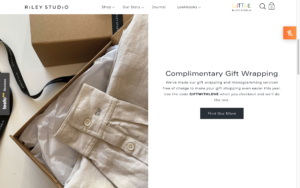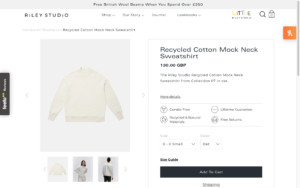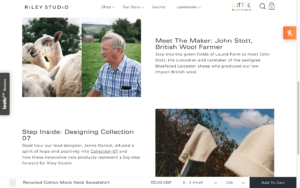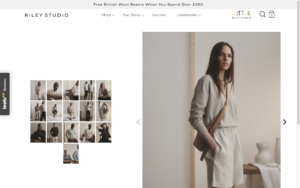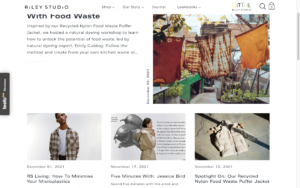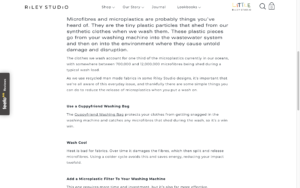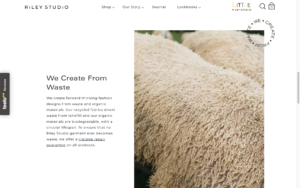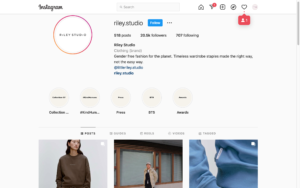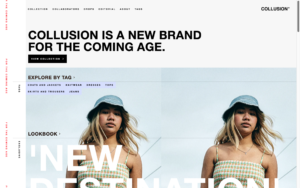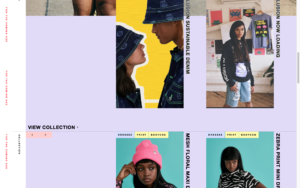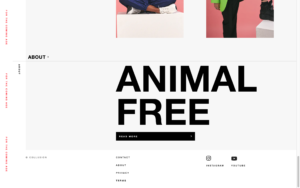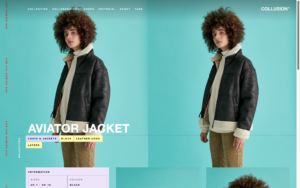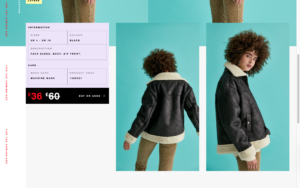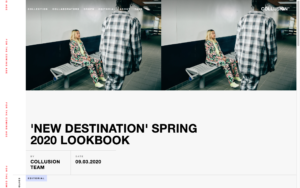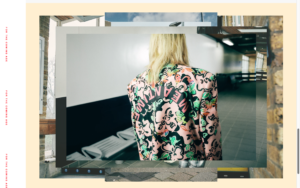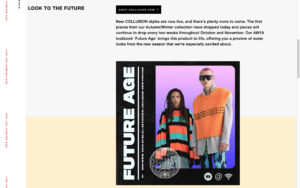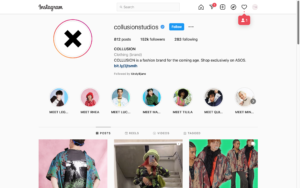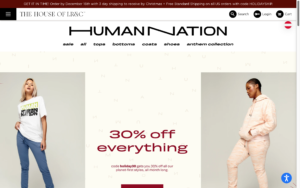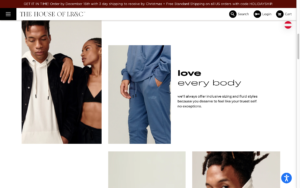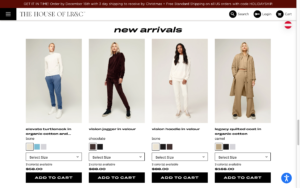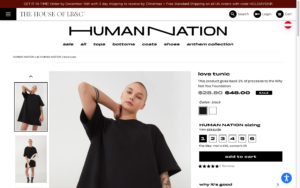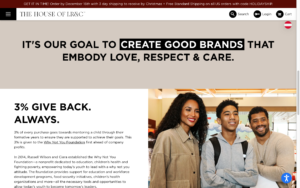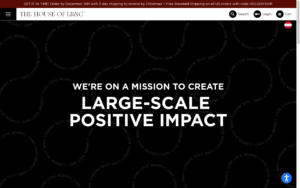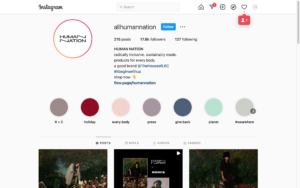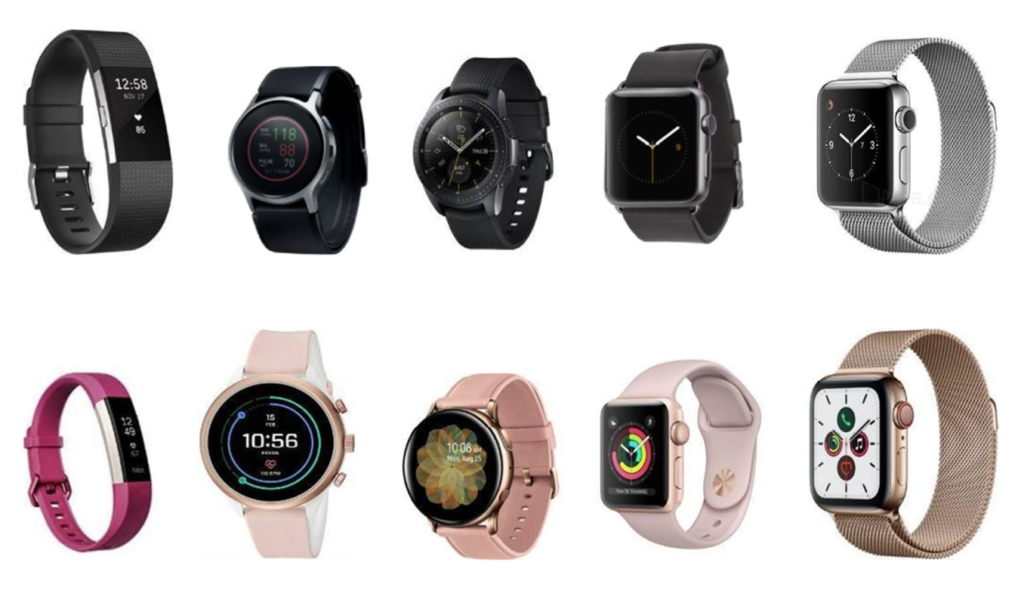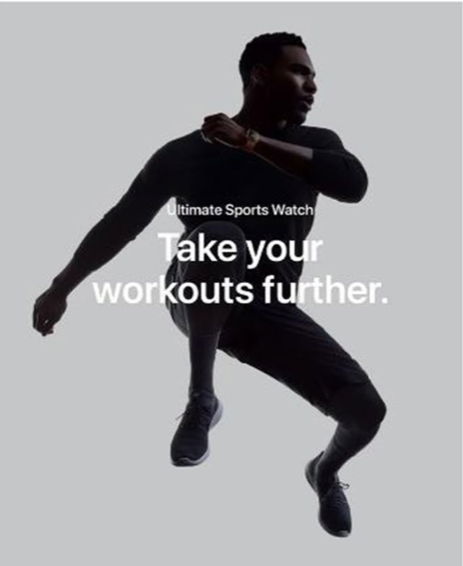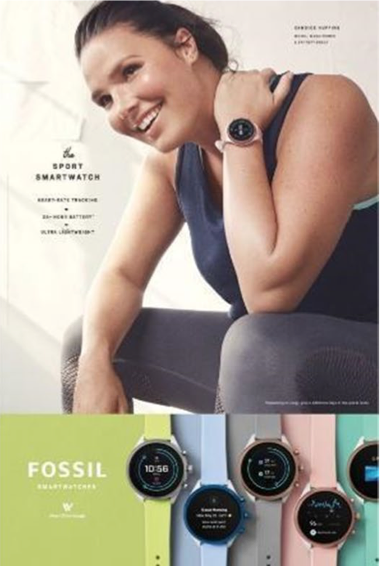Before we go into what unisex entails and how to define the word, it is important that we pinpoint the constructs that lead up to the term. Unisex and unisex fashion plays with the cultural concepts of gender and society and how gender boundaries are perceived, so therefore when we start from a broader perspective, the question we must ask ourselves first is: what is “gender”?
Gender vs. sex
The construct “gender” frequently leads to confusion as it is often interchanged and mistaken for the term “sex”. When referring to the sex of a person, it includes the division of society into male and female reproductive organs as well as sexual identity and desire/activity. Gender on the other hand, is defined by Sally McConnell-Ginet as following:
“The word gender […] refers to the complex of social, cultural, and psychological phenomena attached to sex, a usage common in the behavioral and social sciences.”
McConnell-Ginet, Sally. 2014. “Gender and its relation to sex: The myth of ‘natural’ gender.” In The Expression of Gender, by Grenville Corbett, 3-38. Berlin/Boston: Walter de Gruyter GmbH.
To further define what is meant by the social, cultural and psychological aspects, McConnel-Ginet clarifies the term sociocultural gender, as “a matter of […] the significance attached to that division [of female and male], the institutions and ideologies, the pre-scribed and claimed identities, and the array of social practices that sustain those institutions, ideologies, and identities.” This means that e.g. gender roles play an important part within gender constructs, which will be further defined below.
Gender roles, boundaries and stereotypes- what’s the difference?
Gender roles have been present for a long time, however the term was first coined by in the 1950’s by John Money. He refers to these as things that reveal a person being a woman or man, including sexuality, habits, attitude and behaviour. He also mentions conversation topics, dreams and speech determining the gender of a person. It has to be said that as this definition was published about 70 years ago, with multiple generations following, this explanation can be seen as somewhat bizarre. Nowadays gender roles and with that, boundaries, still exist within society and are usually present already from a young age. According to a paper by Anne-Kathrin Meyer’s, this happens in order to distinguish between groups and simplify the complexity of the social world and is necessary for adaptive living. Often, these roles fall into stereotypes, which are socially shared opinions on characteristics such as behaviour, capabilities and other individualities. These can be realistic but can also often be untrue and too simplified. In terms of gender, these often also negative stereotypes are occasionally found within categories like school subjects or sports, where girls are said to have a disadvantage. As these boundaries and stereotypes are a social construct, society is starting to reveal inconsistencies in gender both physically and psychologically and rethink split gender models. Through this shift, the term unisex is gaining popularity.
Unisex and fashion:
Unisex as a concept showcases an interplay between gender boundaries and roles and is continuing to gain presence within society. The term itself is also very subjective and fluid and can therefore be interpreted in many ways, with artists in the design world varying their understanding of the term immensely. In the Collins Dictionary the term is described as “[…] designed, or suitable for both sexes; not distinguishing between male and female; undifferentiated as to sex”. The term is not only limited to the fashion world but can also refer to places such as hairdressers or bathrooms. In fashion, unisex usually refers to clothing that does not comply with the socially and culturally assigned gender boundaries within clothing. This can be either by e.g. men wearing dresses or women wearing boxer shorts. Another form of unisex fashion encompasses basic clothing, accepted by society for both sexes like t-shirts and jeans, tailored for the wear of both through inclusive sizing and use of colours, graphics and patterns.
Now that the basic terms are clear, the research can continue on e.g. differences, if existing, between ungendered and genderneutral clothing.
Literature
Collins Dictionary. n.d. Definition von unisex. Accessed November 24, 2021. https://www.collinsdictionary.com/de/worterbuch/englisch/unisex.
Hively, Kimberly, and Amani El-Alayli. 2014. ““You throw like a girl:” The effect of stereotype threat on women’s athletic performance and gender stereotypes.” Psychology of sport and exercise 48-55.
Kuo, Yu-Pei, Jirawat Vongphantuset, and Eakachat Joneurairatana. 2021. “From Eastern Inspiration to Unisex Fashion: a Case Study on traditional Chinese Shenyi Attire.” Humanities, Arts and Social Sciences Studies 535-546.
McConnell-Ginet, Sally. 2014. “Gender and its relation to sex: The myth of ‘natural’ gender.” In The Expression of Gender, by Greville Corbett, 3-38. Berlin/Boston: Walter de Gruyter GmbH.
Meyer, Anne-Kathrin. 2021. Mutter-Bonus in familienrechtspsychologischen Entscheidungskontexten. Eine experimentalpsychologische Untersuchung. PhD Thesis, Hagen: FernUniversität in Hagen.
Money, John. 1973. “Gender role, gender identity, core gender identity: usage and definition of terms.” Psychoanalysis (Johns) 397-403.
